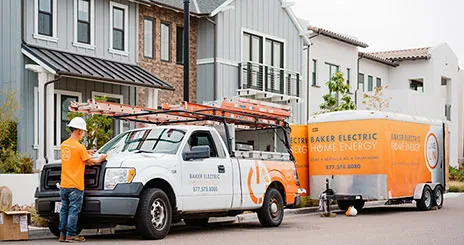If you’re a California homeowner benefiting from Net Energy Metering (NEM) 1.0 or NEM 2.0, you may be wondering how much additional solar capacity you can add without losing your current favorable rate structure. Given the transition to NEM 3.0 or NBT (Net Billing Tariff), maintaining your NEM 1.0 or NEM 2.0 status is critical to ensuring you receive the best possible compensation for your solar energy exports. Here’s what you need to know.
Understanding NEM 1.0 and NEM 2.0 Grandfathering Rules
Both NEM 1.0 and NEM 2.0 customers are granted a 20-year grandfathering period from the date their original system was approved for interconnection. However, adding more solar capacity can impact your eligibility under these legacy programs, depending on the extent of your system expansion.
How Much Solar Can You Add Under NEM 1.0 or NEM 2.0?
California’s three major utilities—PG&E, SCE, and SDG&E—allow homeowners to expand their solar systems while keeping their NEM 1.0 or NEM 2.0 status within limits:
- Total System Expansion Cap: Homeowners can increase their system size ONCE by up to 1 kW or 10% of the originally approved system capacity, whichever is more, without triggering a transition to NEM 3.0.
- Battery Storage Considerations: Adding battery storage alone does not affect your NEM status, provided the battery is configured as a non-exporting system or paired with your solar under existing NEM rules.
- “Non-Export” Option: Another possibility is to add a separate, non-exporting solar system paired with a battery. This allows you to increase your solar capacity which will be a separate system. This option requires a battery to be effective, as the added panels will primarily charge the battery and power your home’s real-time consumption.
What Happens If You Exceed These Limits?
If you expand your solar system beyond 10% of its original size, your entire system will be moved to NEM 3.0. Under NEM 3.0, export compensation rates are significantly lower, which could reduce the financial benefits of your solar investment.
Best Practices for Expanding Your Solar System
- Review Your Interconnection Agreement: Check the original system size and terms outlined in your NEM 1.0 or NEM 2.0 interconnection approval.
- Consult Your Utility Provider: Reach out to your utility company to confirm how much additional capacity you can install without losing your current NEM benefits.
- Work with an Experienced Solar Installer: Choose an installer who understands NEM rules and can help ensure compliance with utility requirements.
Conclusion
Expanding your solar system can be a great way to increase your renewable energy use and reduce your energy bills, but it’s essential to do so within the constraints of your NEM 1.0 or NEM 2.0 grandfathering rules. By carefully planning your system expansion and working within allowable limits, you can continue enjoying the financial and environmental benefits of your existing net metering arrangement while increasing your solar capacity.


